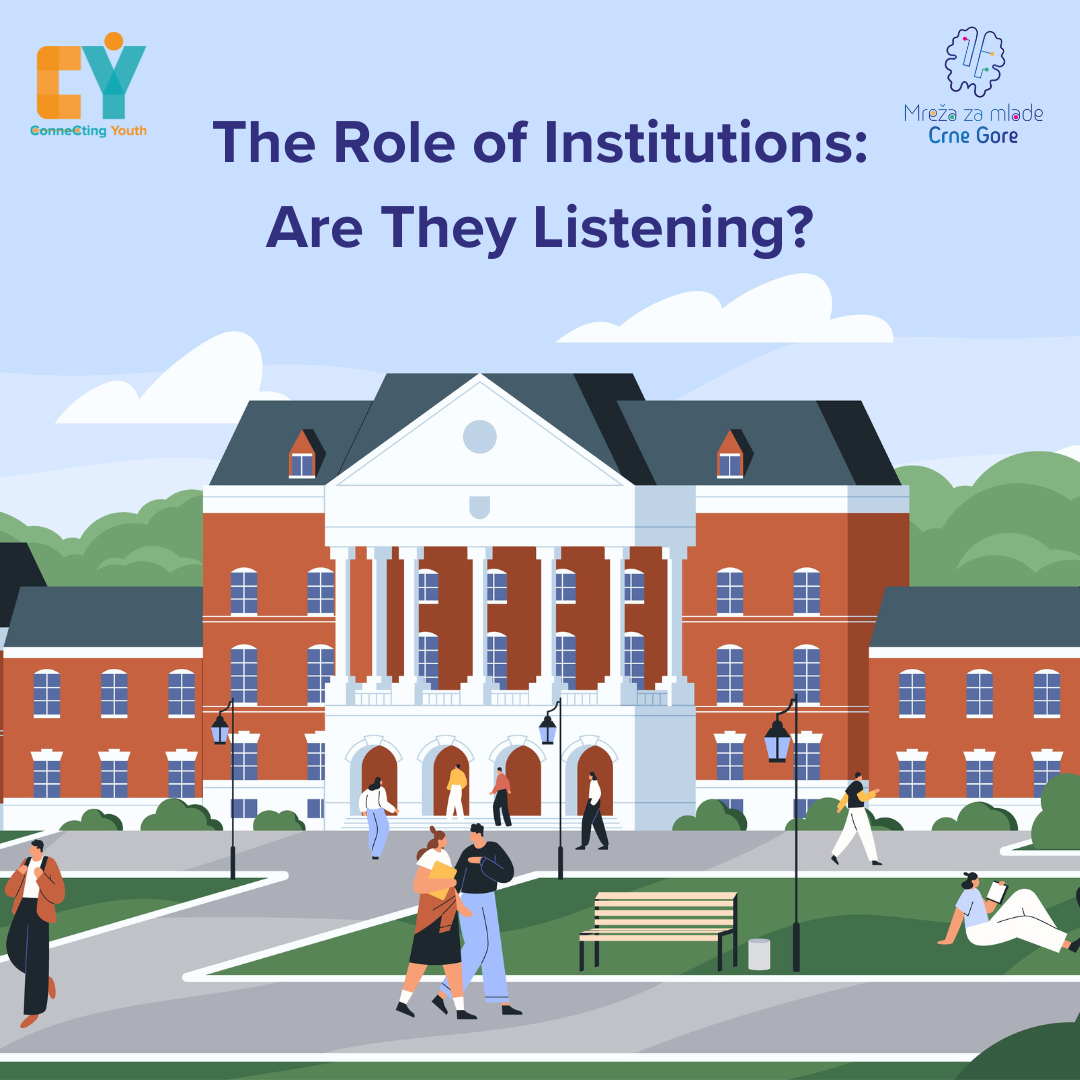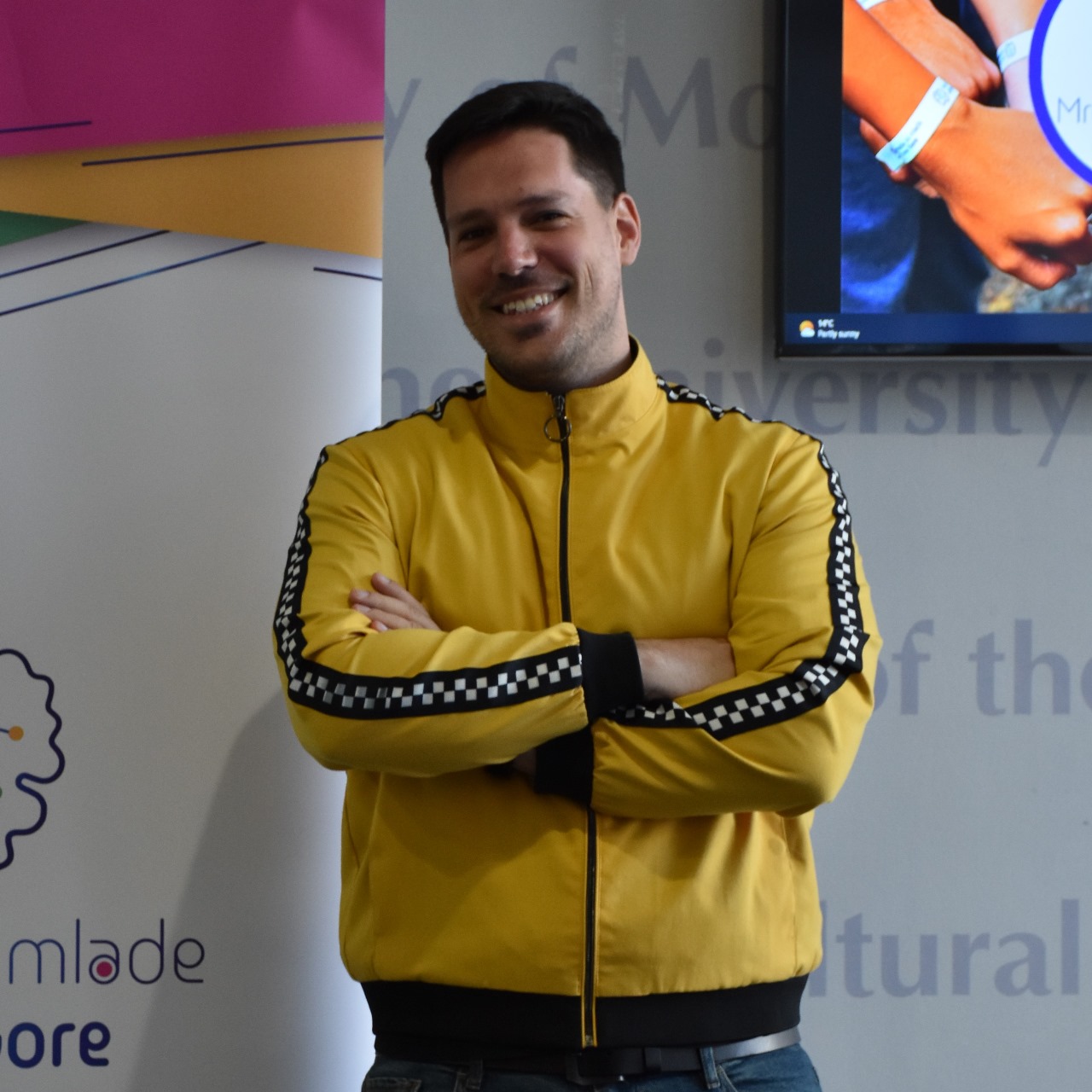20.09.2023

Institutions have a responsibility to engage with the concerns and ideas of the younger generation. After all, these institutions are meant to serve the interests of society as a whole, which includes its youth. Unfortunately, the progress in the dialogue between youth organizations and institutions has often been lackluster.
One of the primary issues is the institutional inertia that hinders responsiveness to the rapidly evolving needs and concerns of young people. Bureaucracy and entrenched interests can stifle innovation and slow down the pace of change. Youth organizations are met with indifference or tokenistic gestures, leaving them frustrated and disillusioned.
Moreover, the lack of genuine representation of youth within decision-making bodies is a glaring problem. How can institutions claim to represent youth when the voices of young people are often marginalized or overlooked in key policy discussions? Token youth representatives, while sometimes present, do not necessarily translate into meaningful engagement.
Youth organizations have been advocating for greater involvement in decision-making processes. Some institutions have responded by creating youth advisory councils or platforms for youth voices. However, these initiatives often lack teeth, and the extent of their influence remains limited.
While there have been pockets of progress in the dialogue between youth organizations and institutions, there is much room for improvement. Institutions must recognize the urgency of engaging with young people, who represent the future of society. This engagement should extend beyond superficial gestures and tokenism to genuine representation and collaboration.
Youth organizations, on their part, must continue to hold institutions accountable for their promises and commitments. They should persist in advocating for change, challenging the status quo, and pushing for meaningful reforms.
The progress in this dialogue is not solely the responsibility of one side. It requires a concerted effort from both youth organizations and institutions to bridge the gap. Institutions must shed their bureaucratic lethargy and actively listen to the concerns and ideas of young people. Youth organizations must maintain their passion, innovation, and idealism while also developing effective strategies for engaging with institutions.
Ultimately, the progress in the dialogue between youth organizations and institutions will be measured by the tangible impact it has on society.
When young people's voices are not just heard but actively integrated into policy-making and decision-making processes, we will truly see the transformational power of this partnership. It is a journey that demands persistence, resilience, and a commitment to building a better future for all.

Uroš Bulatović – President of Union of Young Entrepreneurs of Montenegro, Board Member of YouthNetwork Montenegro, fighter for region that allows youth to live up to their full potential